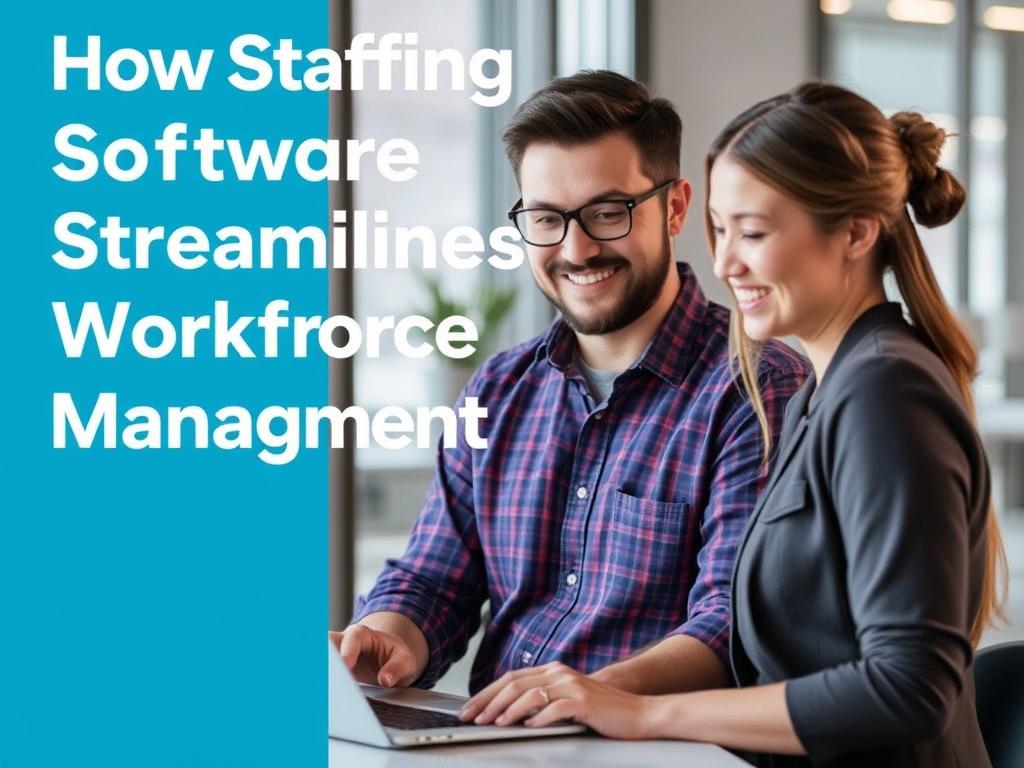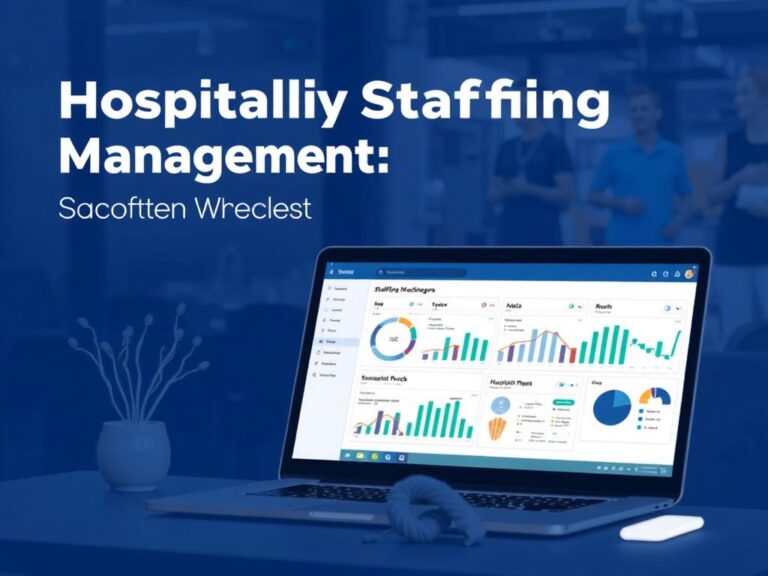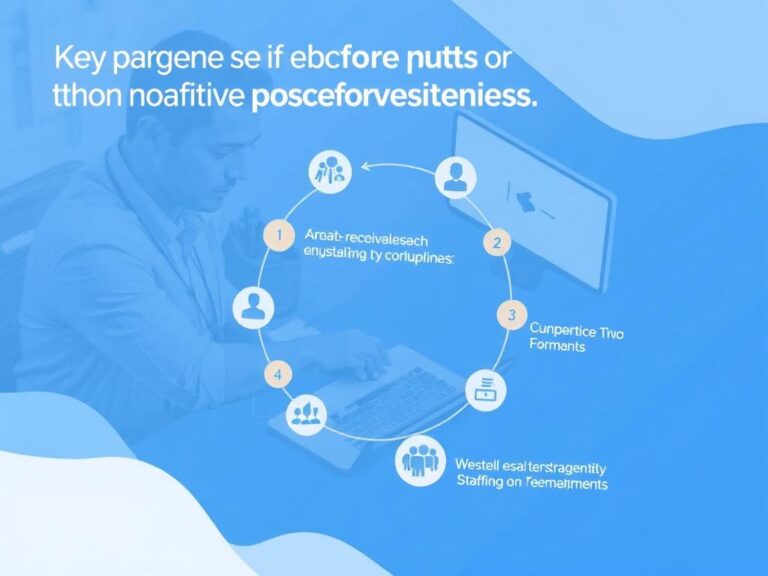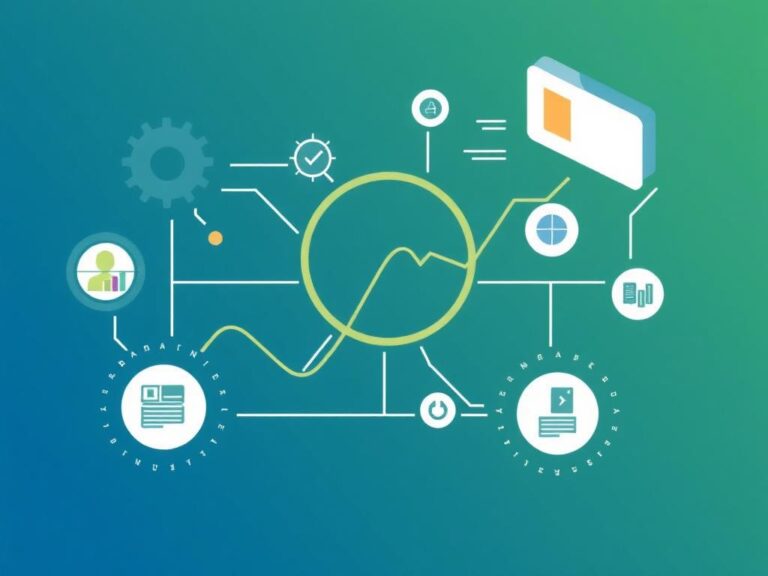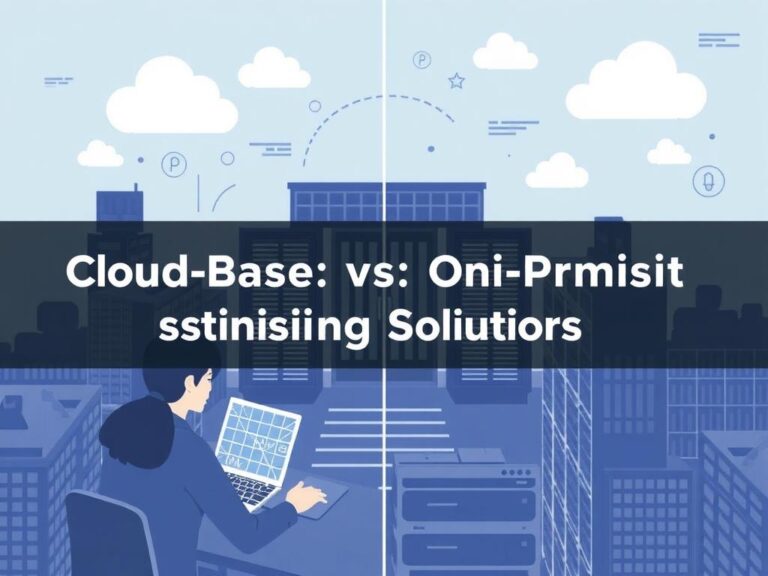How Staffing Software Streamlines Workforce Management for Modern Businesses
Understanding Workforce Management Challenges
Managing a workforce, whether small or large, involves a complex set of tasks that can quickly become overwhelming. From scheduling shifts and tracking employee hours to managing payroll and compliance, there are countless details that require attention. Traditional methods of workforce management often rely on manual processes, spreadsheets, and paper records, which can lead to errors, miscommunication, and inefficient use of time. As companies grow or operate in multiple locations, these challenges multiply, making it difficult to maintain productivity and employee satisfaction. This is where staffing software steps in as a game-changer, offering powerful tools tailored to simplify these complexities and keep everything running smoothly.
What is Staffing Software?
Staffing software is a specialized application designed to automate and optimize various components of workforce management. It provides businesses with an integrated platform to handle everything from recruitment and scheduling to attendance tracking and payroll processing. Unlike general business software, staffing software is built with the specific needs of workforce planning in mind, including features to manage shifts, monitor labor costs, comply with labor laws, and communicate with employees effortlessly. With cloud-based solutions becoming increasingly popular, staffing software offers real-time access and flexibility, making it easier for managers to adapt to changing demands and keep employees engaged.
Key Features of Staffing Software That Drive Efficiency

Let’s take a closer look at some of the core features of staffing software that streamline workforce management and why they matter so much for businesses today:
| Feature | Description | Benefit |
|---|---|---|
| Automated Scheduling | Create, adjust, and distribute employee schedules automatically using predefined rules and availability. | Reduces human error and saves managers hours of manual work. |
| Time and Attendance Tracking | Track clock-in/out times with accuracy; manage leave requests and absences. | Ensures accurate payroll and improves accountability. |
| Compliance Management | Helps monitor labor laws, overtime limits, and safety regulations. | Reduces risk of legal penalties and fines. |
| Payroll Integration | Seamlessly connect worked hours and payroll systems for accurate payments. | Speeds up payroll processing and reduces errors. |
| Employee Self-Service Portals | Allow employees to check schedules, request time off, and communicate preferences. | Enhances employee engagement and reduces administrative queries. |
How Staffing Software Impacts Different Industries
One of the strengths of staffing software is its adaptability across industries. Whether a company operates in healthcare, retail, hospitality, or manufacturing, staffing software customizes workforce management processes to match specific operational demands. For instance, hospitals rely heavily on scheduling software to cover shifts 24/7 while maintaining compliance with strict regulations. Retailers benefit from managing fluctuating employee availability during peak hours and integrating seasonal hiring workflows. In hospitality, where last-minute staffing changes are common, staffing software’s real-time updates and communication tools prove invaluable. Each industry experiences significant improvements in operational efficiency and employee satisfaction by leveraging these specialized tools.
The Role of Automation in Workforce Management
Automation is a central theme in how staffing software improves workforce management. By automating routine tasks, such as shift creation, time-off approvals, and data entry, businesses free up valuable management time that can be redirected toward strategic initiatives and employee development. Automation also minimizes costly mistakes—for example, avoiding double-booking employees or miscalculating overtime—by adhering to predefined rules and regulations consistently. Additionally, real-time insights made possible through automated reporting empower business leaders to make informed decisions around staffing needs, budgeting, and performance optimization.
Examples of Automated Workforce Management Processes
- Automatically generating weekly schedules based on employee availability and workload forecasts
- Sending automatic notifications to employees about shift changes or upcoming deadlines
- Validating time sheets against scheduled shifts and flagging discrepancies
- Triggering reminders for mandatory breaks or compliance-related tasks
- Calculating labor costs against budget limits and generating alerts for potential overruns
Benefits to Employees and Managers Alike
Staffing software not only transforms the way businesses operate but also enhances the workplace experience for employees. Self-service portals and mobile apps give employees more control over their schedules, enabling them to swap shifts, request time off, and stay informed with minimal friction. This transparency often leads to higher job satisfaction and lower turnover rates. For managers, the software provides tools to monitor performance metrics, identify workforce gaps quickly, and respond proactively to staffing needs. The resulting improvements in communication and coordination create a more responsive and agile team environment.
Choosing the Right Staffing Software for Your Business
With so many staffing software options in the market, selecting the right system can feel daunting. Consider the following criteria to ensure your choice supports your unique workforce management needs:
- Scalability: Can the software grow with your business size and complexity?
- Integration: Does it connect smoothly with existing payroll, HR, or accounting systems?
- User-Friendly Interface: Is it easy for both managers and employees to navigate?
- Customization: Does it allow tailored scheduling rules, workflows, and reporting?
- Support and Training: What level of customer service and onboarding resources are available?
These considerations will help you maximize the benefits of staffing software, ensuring a smoother transition and stronger adoption.
Future Trends in Workforce Management Software

The future of staffing software promises even more intelligent and adaptive capabilities driven by emerging technologies. Artificial intelligence (AI) and machine learning are already being incorporated to predict staffing needs based on historical data and market trends. Mobile-first applications continue to rise, offering more flexibility and real-time communication tools that fit a remote or hybrid workforce. Additionally, advanced analytics will provide deeper insights into employee performance, engagement, and retention, enabling companies to craft more effective workforce strategies.
Emerging Features to Watch For
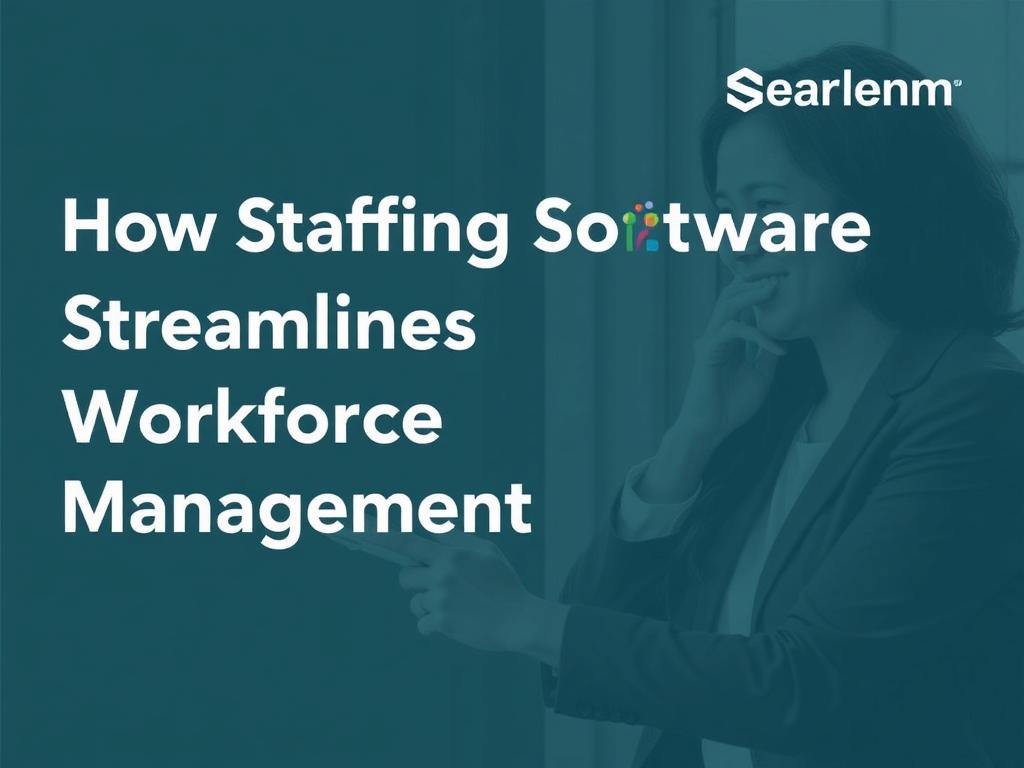
- AI-powered candidate matching and talent sourcing
- Predictive scheduling to minimize employee fatigue and optimize productivity
- Enhanced compliance automation to keep pace with regulatory changes
- Integrated wellness tracking and employee feedback loops
- Voice and chatbot interaction for faster query resolution
These innovations will make staffing software an even more essential tool in the evolving landscape of workforce management.
Conclusion
In today’s fast-paced and dynamic business environment, staffing software plays a crucial role in simplifying and streamlining workforce management. By automating scheduling, improving compliance, enhancing communication, and providing actionable insights, these tools help businesses operate more efficiently and keep employees happier. Whether you run a small business or a multi-site enterprise, investing in staffing software tailored to your needs can transform how you manage your workforce, reduce costs, and gain a competitive edge. As technology advances, embracing modern workforce management solutions will be key to navigating future challenges and unlocking new opportunities for success.
